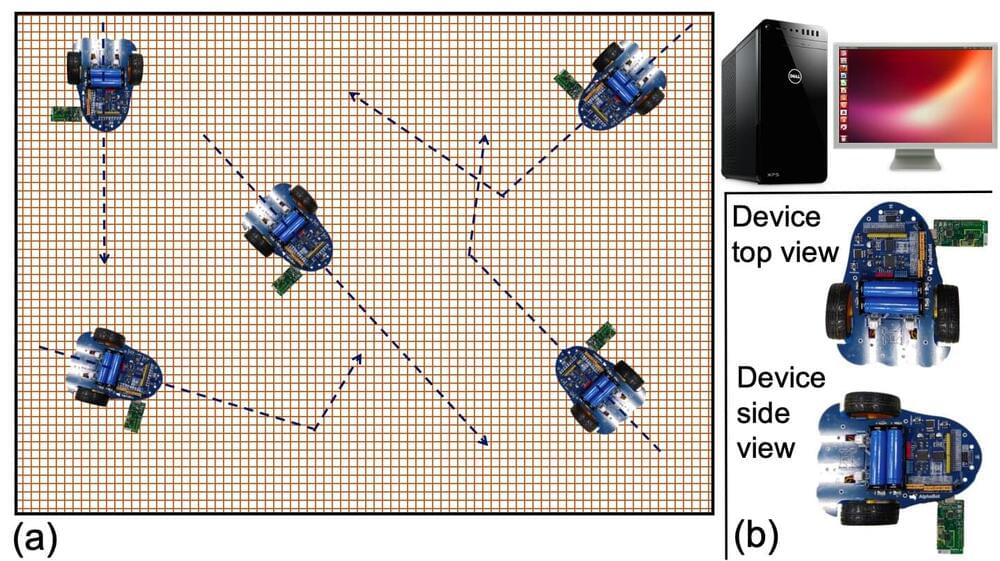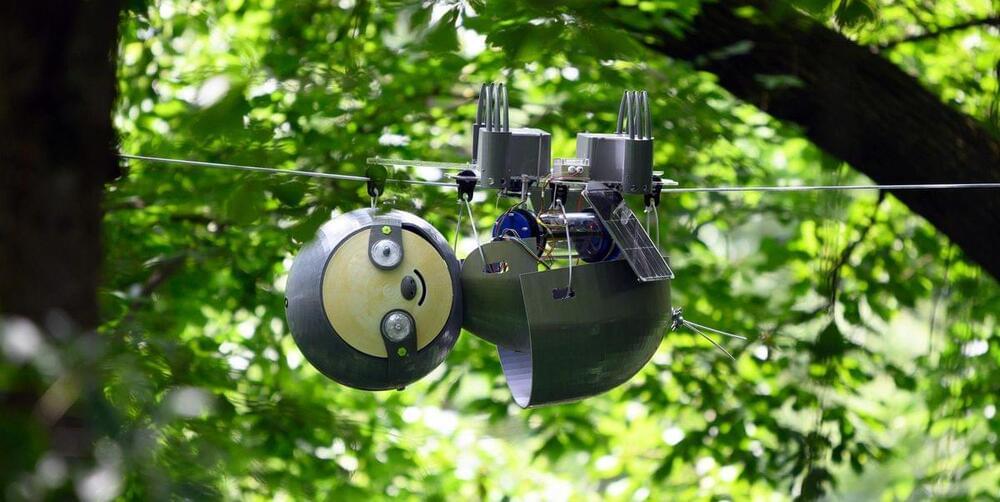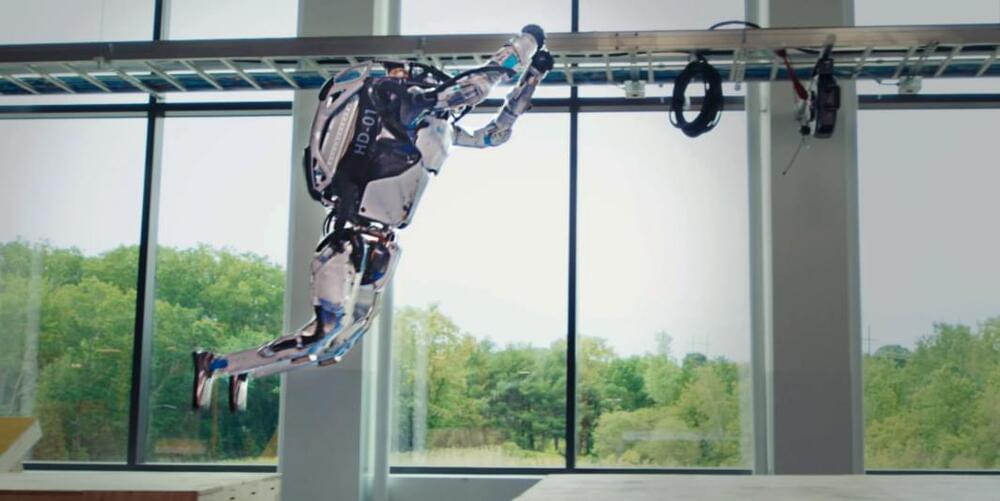The car market is changing, and quickly.
it seems combustion engines are declining quickly in popularity, as electric vehicles, led by @Tesla 0, are taking the market by storm, selling as fast as they can be produced, and outselling all but the very cheapest city cars in most markets.
But are they for you?
Do they have the range and can you afford to make the switch?
Well in this video I take the most important factors and line the two up, head to head, to give you the answers you need.
So sit back and enjoy the ride, because the future is coming, faster than anyone predicted.
If you want to know more about how autonomous vehicles will totally change the way we use transport then try this video next, where I go into depth on the whole subject.








